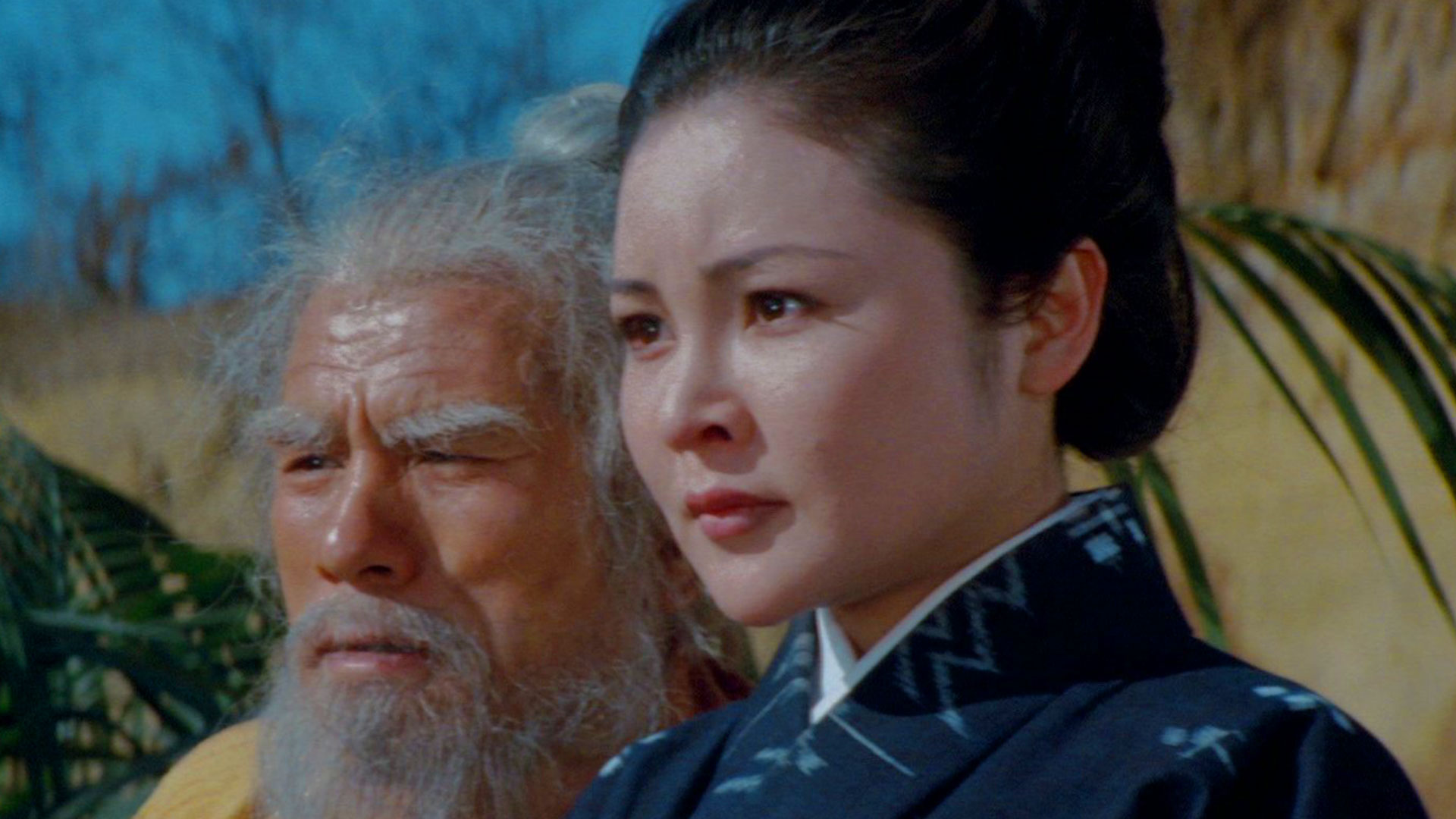5.3.2022
We meet Princess Nami Kunigami (国頭 那美 くにがみ なみ) of the Azumi Royal Family in Godzilla vs MechaGodzilla (1974). She was played by the actress and singer Beru-Bera Lin (ベルベラリーン). The 19-year old member of the Azumi family is a descendant of the Ryukyu people (琉球民族), “an East Asian ethnic group native to the Ryukyu Islands living in the Okinawa Prefecture.”1 Nami, affectionately called by her grandfather, has a terrible vision of a terrible monster that attacks the people. Without her maiden traditional Okinawan folk song and prayer, known as “Miyarabi’s Prayer,” the guardian deity of the Okinawan kingdom and people, King Shisa, will not awake to stop the oncoming alien invader MechaGodzilla.


